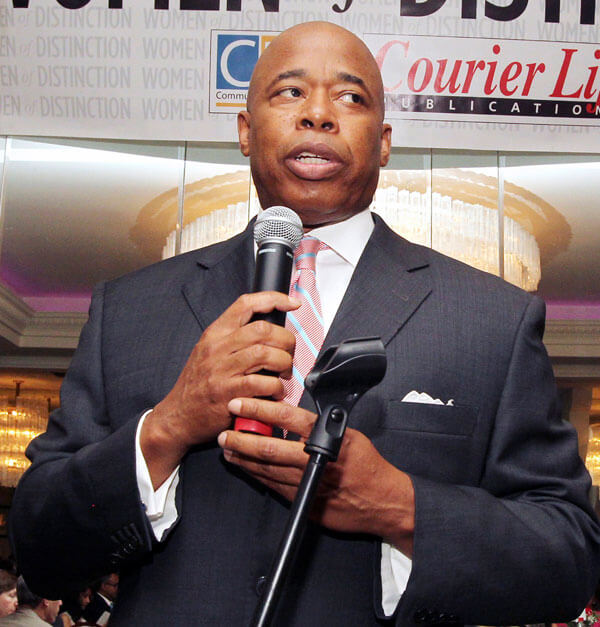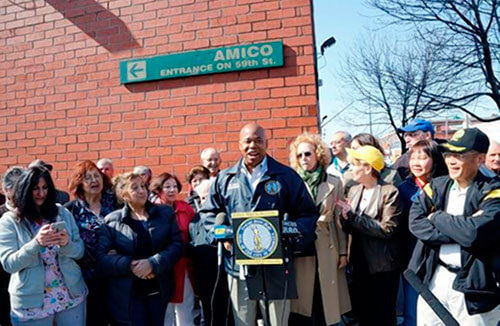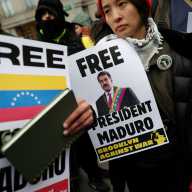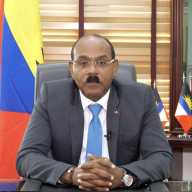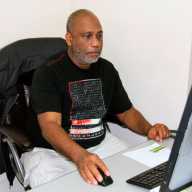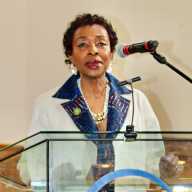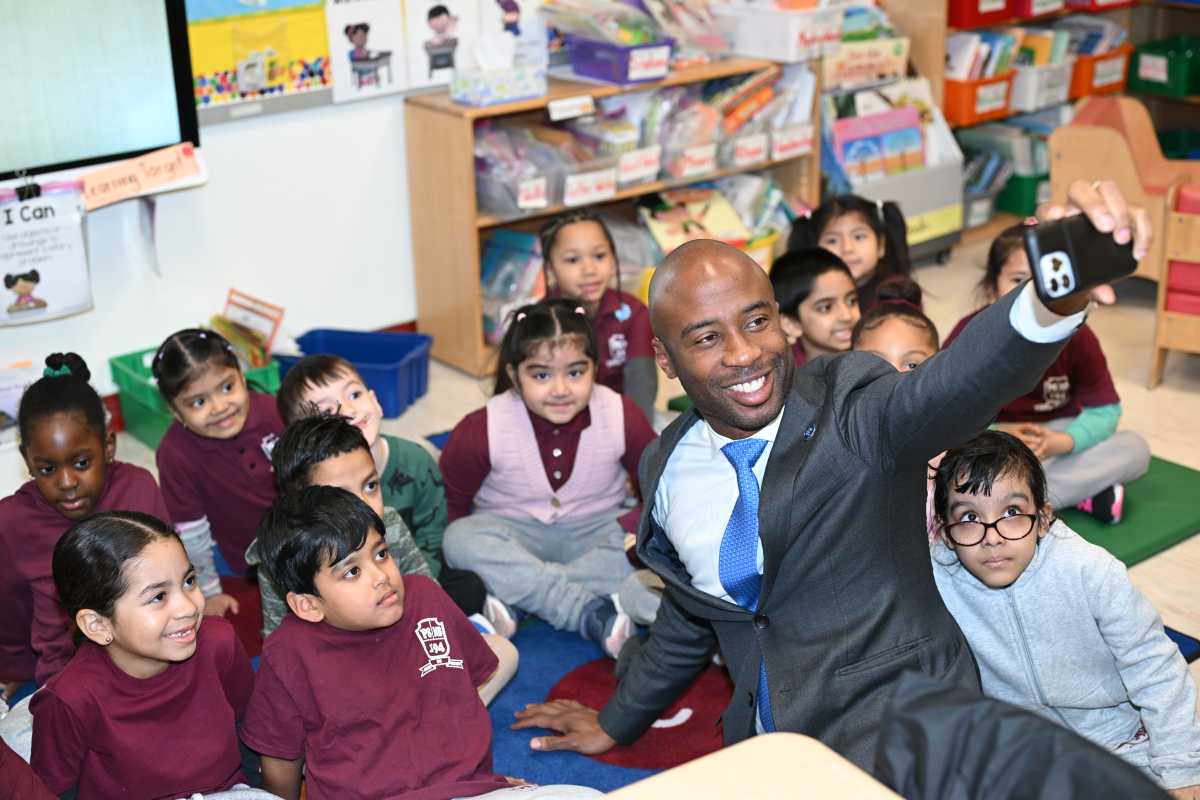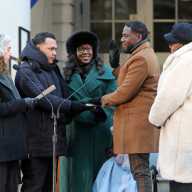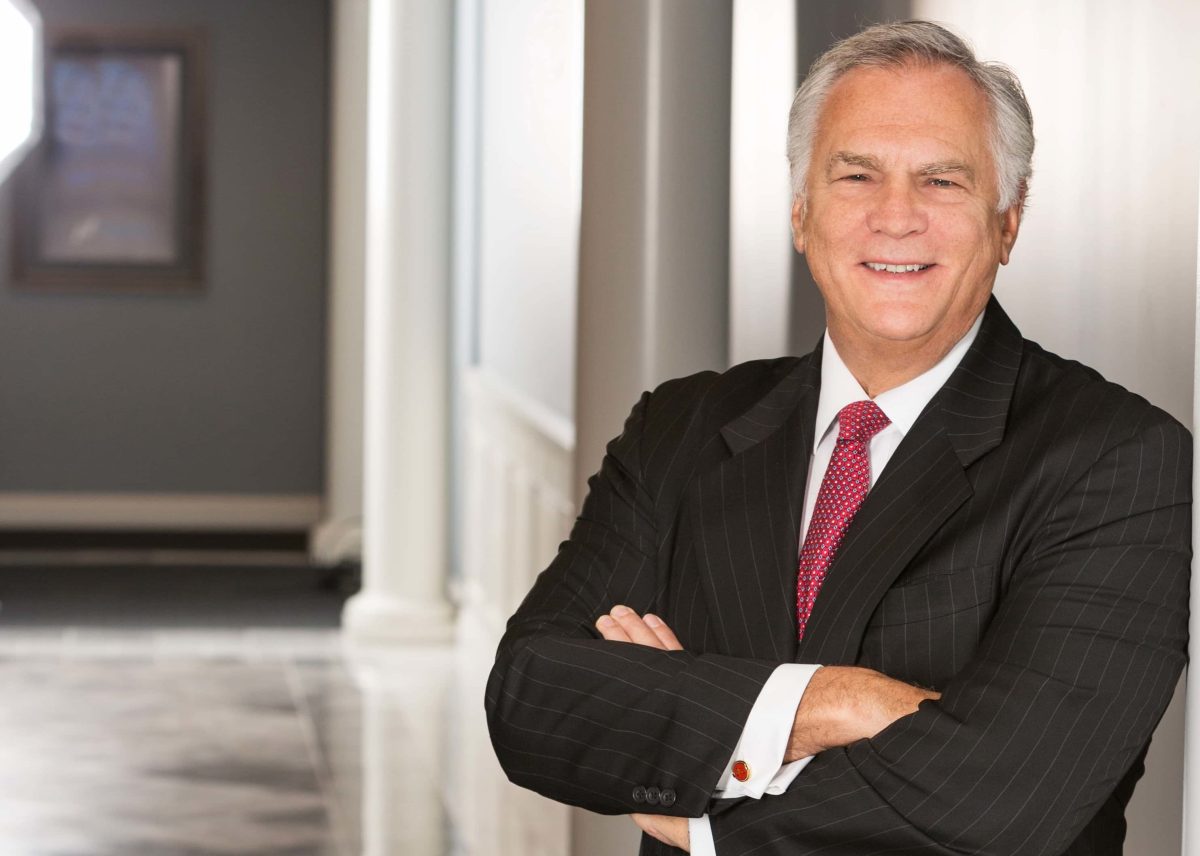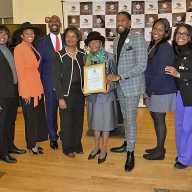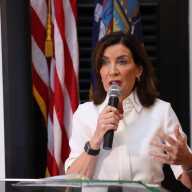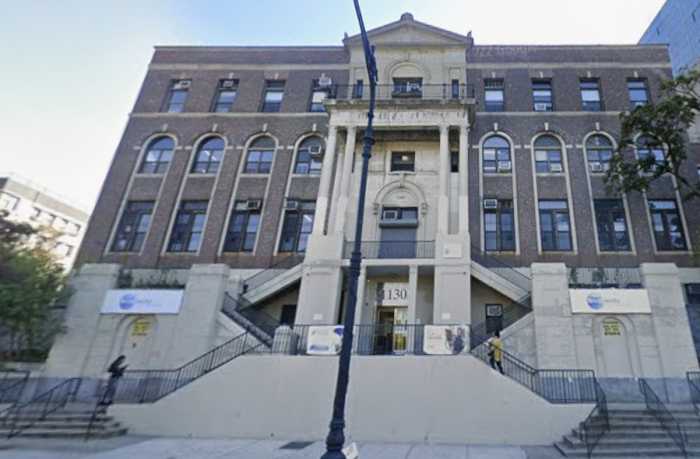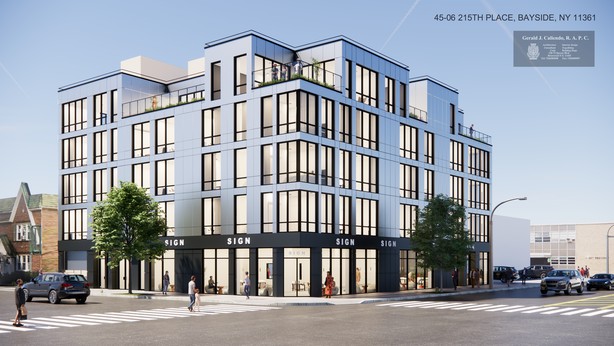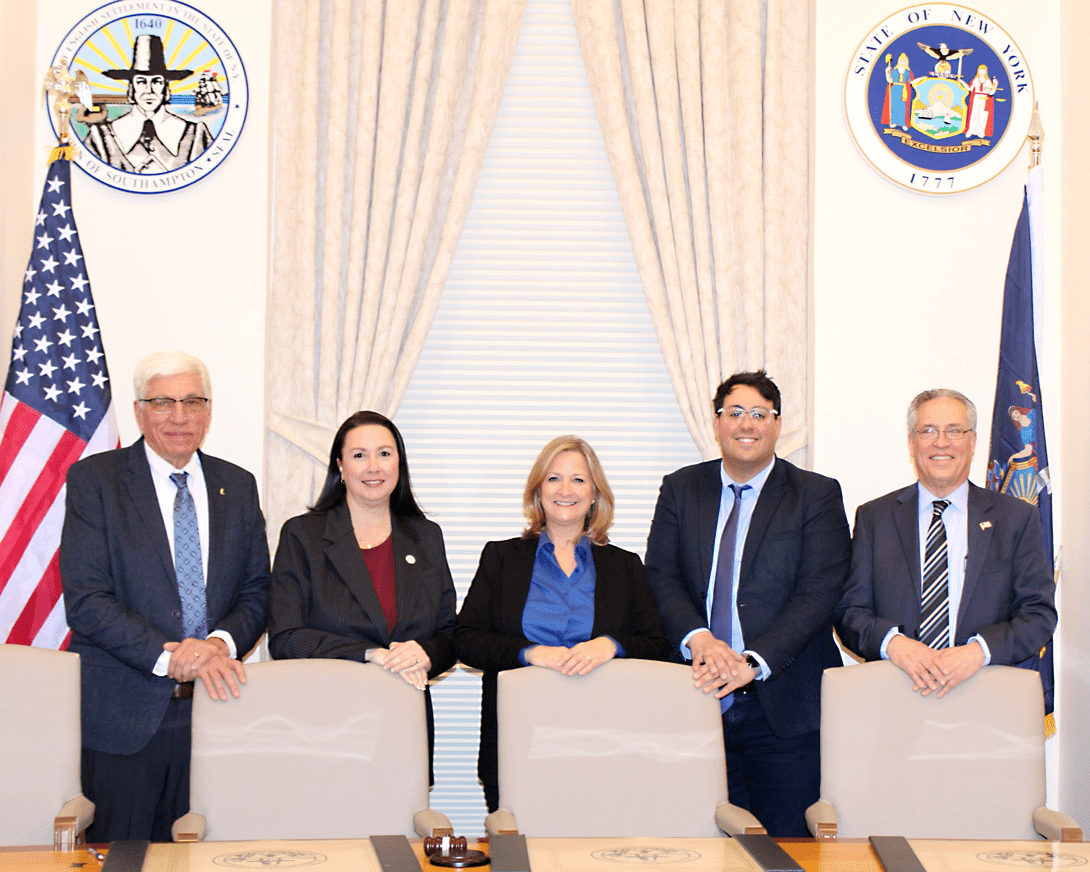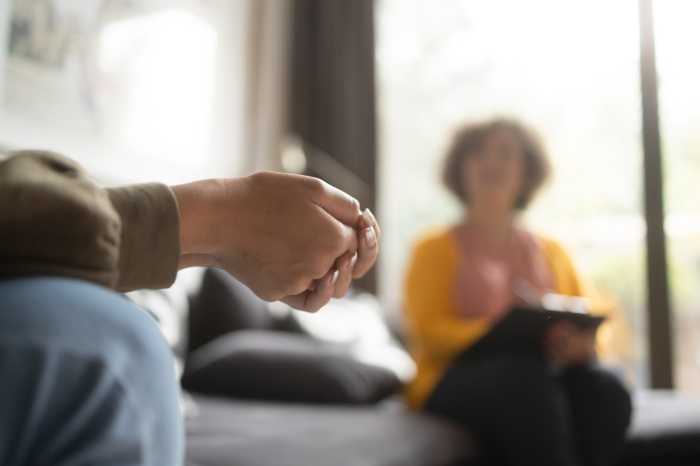There is nothing more fundamentally important for this city than the safety of its people. As a 22-year veteran of the New York City Police Department, I have been able to speak to the variety of public safety issues facing the five boroughs, from police-community relations to the protocols protecting our key officials and institutions. As an elected representative of Brooklyn, first as a four-term state senator and now as borough president, I have broadened this dialogue to advocate on addressing the full range of dangers facing New Yorkers, including those on our highways and byways.
Traffic safety, for pedestrians, cyclists and motorists alike, has finally become a hot-button issue in our municipal discourse. Frankly, it’s taken too long. Statistics show that, on average, a vehicle on our streets seriously injures or kills a New Yorker every two hours. Close to 4,000 of our neighbors are seriously injured and over 250 more are killed each year in crashes. This crisis has become the leading cause of injury-related death for youth under the age of 14, as well as the second-leading cause for our elder population.
In the last month alone, Brooklyn has mourned the senseless losses of Stanislav Chernyshov, Min Lin, Gedalia Gruntzweig and, just this Saturday, Marisol Martinez. These tragic accidents are taking place in every neighborhood, from Brighton Beach to Bushwick, from Sunset Park to Starrett City. This crisis reflects the undeniable fact that previous administrations have not regarded these accidents with the weight they have deserved.
Thankfully, we have a team of elected officials across this city that, united with our passionate advocates and community leaders, is prioritizing this pressing issue. A couple weeks ago, Mayor Bill de Blasio and his administration unveiled his comprehensive blueprint to enact Vision Zero, a plan to prevent traffic fatalities, improve pedestrian safety and protect our most vulnerable populations, particularly young children and seniors. For context on this approach, efforts similar to this in states like Minnesota, Utah and Washington have reduced traffic fatalities by over 40 percent. New York City’s set of common-sense ideas includes expanding neighborhood slow zones, teaching safety in classrooms and advertisements as well as increasing precinct-level enforcement against speeding and other moving violations.
To build on this, I recently convened an initial meeting of transportation stakeholders at Borough Hall, including City agencies, elected officials and community members, in order to prioritize traffic safety in Brooklyn. The group included representatives from the Department of Transportation (DOT), the NYPD, New York City Council Transportation Chair Ydanis Rodriguez, Transportation Alternatives, Park Slope Neighbors and Neighbors Allied for Good Growth (NAGG). The ideas and action items we shared will be part of our borough’s plan to ensuring Vision Zero is a success, and I look forward to engaging the activists and experts in every community to further this essential dialogue.
Traffic safety is at the top end of our food chain here at Borough Hall, and we are hungry for solutions. Some will be on the local level, such as the constant education for pedestrians, bicyclists and motorists on how to change poor behaviors and be safe on our roads. We will also look forward to working with the DOT, community boards and local leaders on their borough planning to address dangerous locations as well as how we can redesign our intersections and corridors. Other necessary fixes require the support of our legislators in Albany. For example, it was Brooklyn that started the conversation about dropping the speed limit to 20 miles per hour, an action that would significantly reduce the likelihood of a fatal crash. To enact that, as well as a broader authorization of red light enforcement cameras and stiffer penalties against dangerous driving, will take the votes of our State Legislature and the signature of our governor.
Every New Yorker’s voice must be heard loud and clear in this struggle for safe streets. The lives of our families and friends cannot hang in the balance of the political trade winds or be trapped by the bureaucratic red tape of the past. Traffic safety reforms must be fast-tracked, both those we can start on here at home and those that we need Albany to approve. We need to slow down, and fast.


